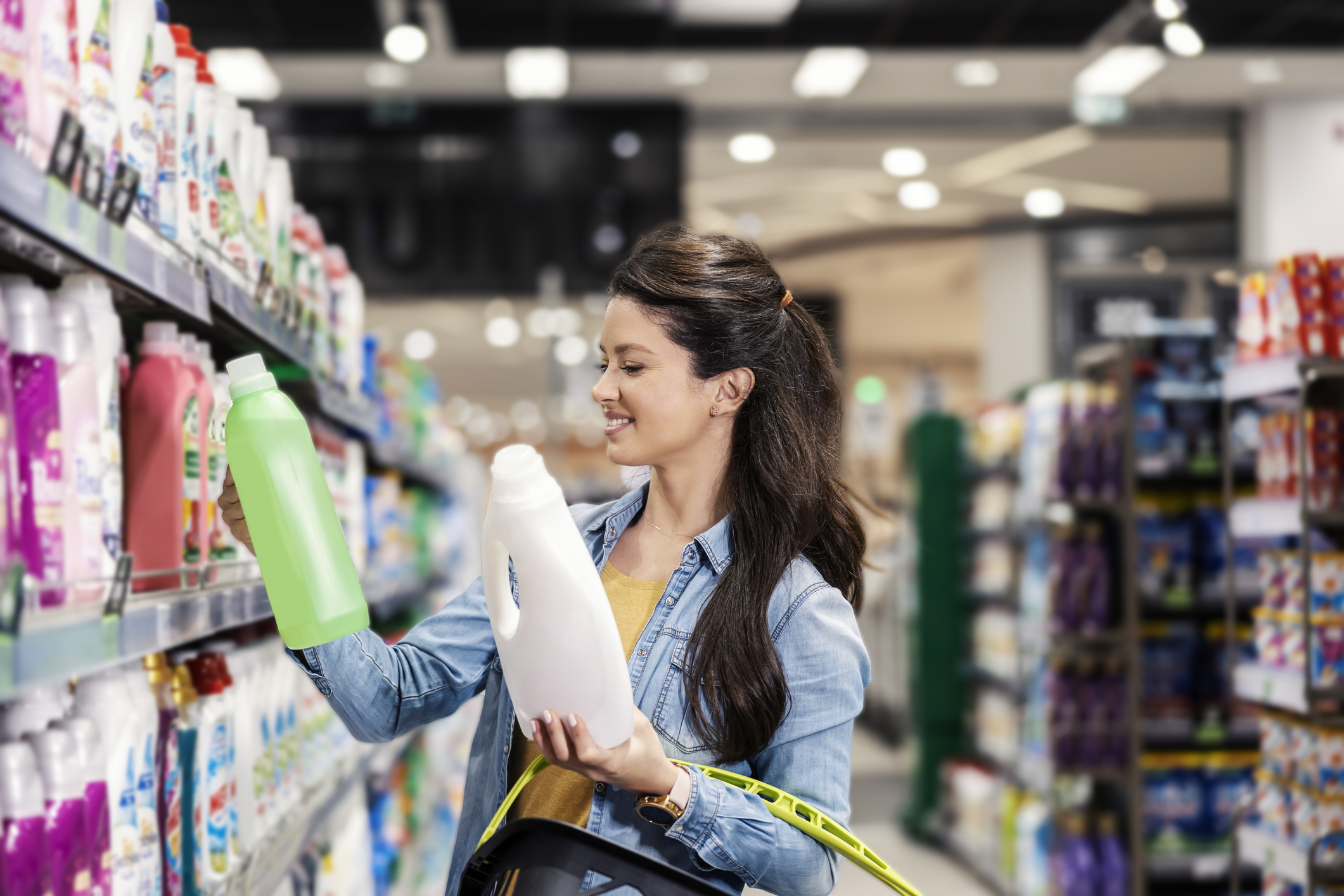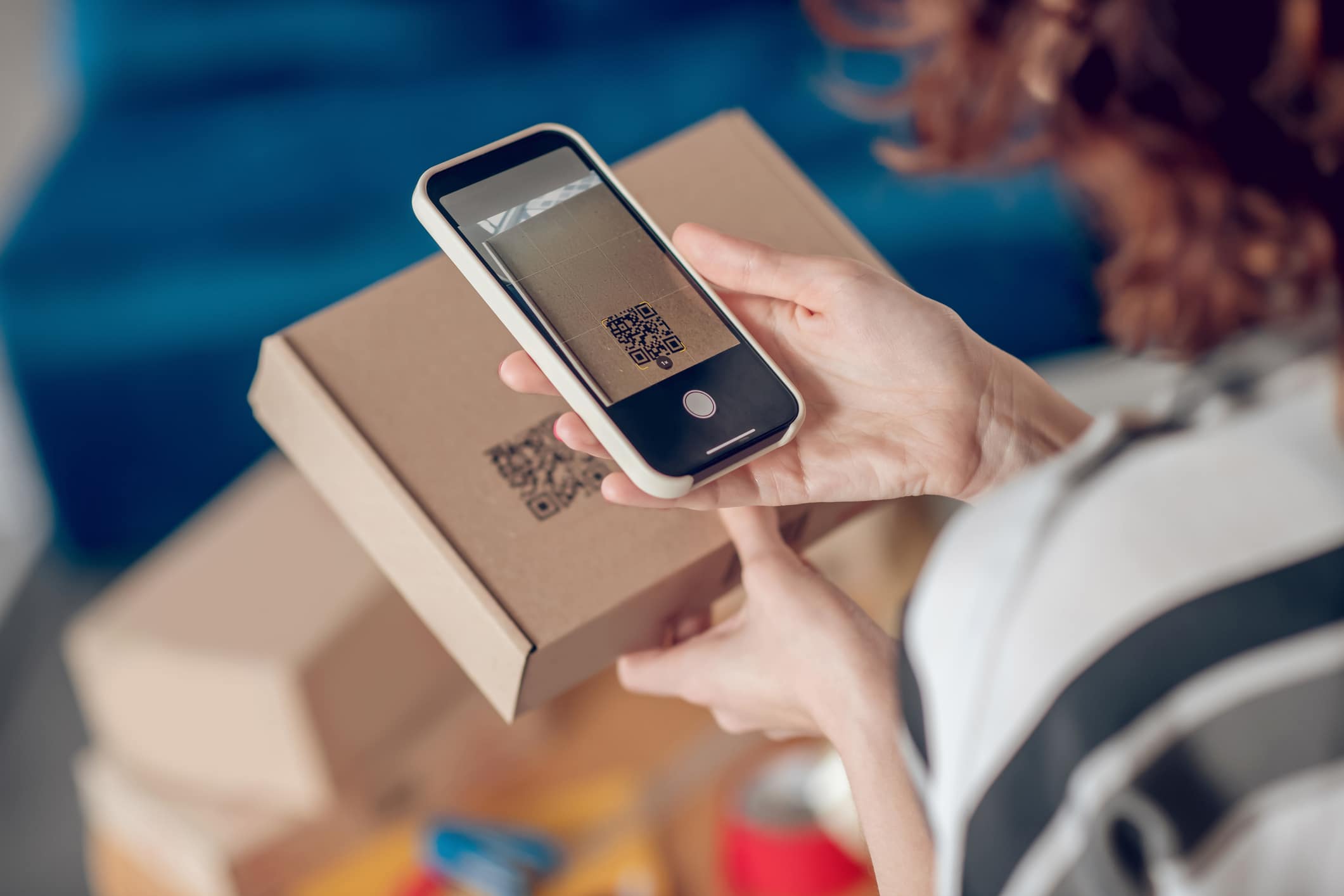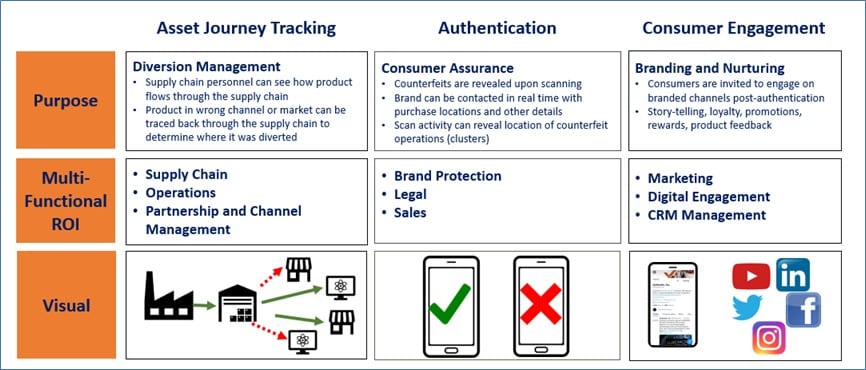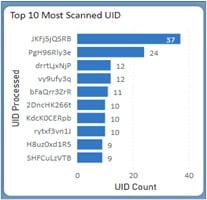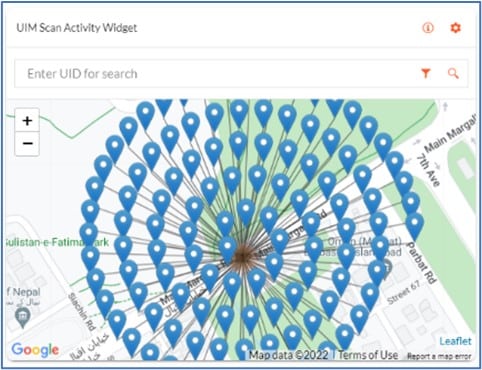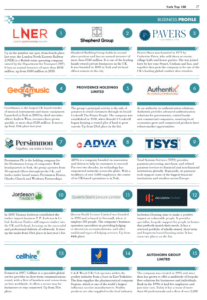By Bharat Kapoor, Vice President, Online Brand Protection, Authentix
One of the visible recent trends online has been the rise of realistic, AI-generated celebrity avatars. These may take myriad forms (from 3D animations to chatbots) and are generated using a variety of AI technologies (including publicly available apps like Silver Studio and Lensa). Many well-known figures have jumped on the bandwagon and commercialized their AI avatars through strategic partnerships with brands and social media platforms — from Snoop Dogg and Kendall Jenner (partnering with Meta) to Slovenian NBA star Luka Dončić (who has commissioned a digital doppelgänger that can interact with fans on TikTok). In South Korea, an entire K-Pop band “Eternity” has been artificially created by a technology company, using deepfake and motion capture technology.
Legal Precedents Protecting Likeness
The emerging trend of digital avatars brings with it several potential intellectual Property (IP) risks. These risks include false endorsement (by using an avatar to promote an unlicensed product); reputational damage (by using deepfake technology to make a celebrity appear to say or do something unsavory); or straightforward copyright infringement (by copying videos and images, which could then be commercially exploited in various ways, from use in NFTs to social media pages). There are judicial precedents on personality rights worldwide, including in cases preceding the internet, that can prevent wrongful appropriation. For example, in Midler v Ford Motor Co (1988), the singer Bette Midler sued Ford for using a “sound-alike” singer to imitate her voice in a series of commercials. The US Court of Appeals for the Ninth Circuit ruled in her favor, under a California tort statute that prohibited the use of a person’s “name, voice, signature, photograph or likeness, in any manner.” Subsequent cases in the US, UK, and many other countries, have reaffirmed the decision to protect public figures from unauthorized use of their image, likeness, or voice in advertisements or endorsements without their permission. Among recent cases, in April 2023, the Chinese Hangzhou Internet Court ruled that the image and related videos of “Ada”, an AI character created by a Chinese tech company, enjoyed protection under Chinese copyright law. The court further ruled that the defendant had engaged in unfair competition by using Ada’s images and videos to promote products on Douyin.
How To Protect Against Digital Infringement
While international precedents are undoubtedly helpful in protecting digital avatars and personality rights globally, at least two significant challenges remain. First, detecting the misuse of avatars can be difficult in cases where such misuse is widespread (often because rights owners have allowed the problem to fester). Such cases may require scanning hundreds of pages and sending an equivalent number of takedown requests. Second, stemming from the first, not all platforms may be receptive to cooperating with takedown requests. For example, relying solely on case law from foreign jurisdictions, in the absence of a domestic statute clearly recognizing personality rights, may not sway certain platforms to remove infringing products. Some platforms also insist on documentation and certain IP offices may not issue certificates explicitly recognizing personality rights. It is also plausible that some misappropriated avatars may deliberately include dissimilarities in order to resist takedowns. Platforms may also construe certain uses as falling within the realm of fair use, especially if such use is in contexts that are not outrightly commercial. These problems can be suitably addressed by using advanced IP surveillance software, supplemented by a team of experts handling the complex takedown requests, escalating issues to executives, and supplying robust legal reasoning. In the end, the misappropriation of avatars is still a relatively recent problem, and the attitudes of platforms are yet to be discerned. Nevertheless, experience shows that the above problems are highly plausible, which should cause rights owners to be both vigilant and realistic on matters of enforcement.
Authentix Online Brand Protection
Authentix provides some of the world’s most recognizable brands with sophisticated online brand protection tools and services to address a broad range of online infringement and counterfeit risks. From global online surveillance and enforcement, online investigations and site takedowns, target verification, and even offline investigations, Authentix helps major brands to proactively reduce the threat of unauthorized likeness use and IP infringement. Our online brand protection solutions combine cutting-edge technological tools and expert analysis to reduce infringements for our clients on online marketplaces, social media platforms, and websites by up to 90%. If you’re curious how Authentix Online Brand Protection can help protect against intellectual property infringement, schedule a consultation with our brand protection experts today.
Bharat Kapoor, Vice President, Online Brand Protection, Authentix
Formerly the CEO of Strategic IP Information Pte, now a part of Authentix, Bharat has been focused on building effective global brand protection programs for over 250 brands across sectors such as fashion, FMCG, pharma, cosmetics, sporting goods wines, and spirits. He has led the development of the best-in-class machine learning-based online brand protection technology and developed effective global teams to investigate counterfeiting and piracy on the ground in China, Asia, and Latin America. Bharat Kapoor has a B.A. Honors from the University of Technology, Sydney. Prior to joining SIPI, he was an Associate Director at Ernst & Young India, where he led the business development and advisory services program for companies operating in the media, e-commerce, and advertising sectors.

